In this mini-series I shall be discussing a brief history, health benefits, risks, and drinking tricks and tips of some of our favorite brewed beverages. I present to you, the ancient and noble cup of tea.
Imagine a sweltering afternoon on the porch in summer. The heat is unbearable. You can't legally get away with wearing less clothes. What do you reach for? An icy cool glass of sweet tea, the ambrosia of the south.
Now it's winter and the air is so cold it hurts your face. You lost feeling in your fingers about five minutes ago. Your insides may be frozen. How do you thaw them? With a steaming mug of robust green tea, the perfect drink for any occasion.
And now you're sick, you poor thing! You've had an upset stomach all day. It's getting harder and harder to mask the sounds of dying whales that your stomach keeps making. You're getting weird looks. When will it end? When you brew an aromatic cup of lemon ginger tea, the savior of gurgly stomachs.
Tea is one incredible plant. There are over 3,000 varieties of Camellia Sinensis that can be enjoyed hot or cold, and it is the second most consumed beverage in the world. An entire culture is built around tea: ever hear of 'Tea Time'? There is literally a tea for anything you want, whether that is energy, weight loss, relaxation, pain relief, or everything in between. If you're not drinking tea already, you're missing out!
Tea originated in southwest China, which to this day is one of the largest producers of tea in the world. After reaching Europe in 1607, the Dutch distributed tea to Germany, France, and New York. It is believed that tea may have been consumed as an herbal drink as far back as 200 BC. There are many varieties of tea, but the most popular are white, green, black, and herbal. The differentiation occurs when tea leaves are picked and either allowed to oxidize or be dried immediately.
White teas are made from young tea leaves that are unoxidized and dried immediately after picking. It is mild in flavor and contains the least amount of caffeine. White tea is said to contain more antioxidants than green tea, making it useful for promoting cardiovascular health, lowering cholesterol, and bolstering immune system functioning. For the perfect cup of white tea, use water at 175 degrees Fahrenheit and steep for four to five minutes. Using boiling water or steeping too long will make the tea bitter.
Green teas consist of leaves that are also dried immediately but are harvested in a more mature stage than white tea. There is great variation among green teas depending on where they are grown, but many of their properties remain the same: a fair amount of antioxidants, dietary minerals such as Manganese, and amino acids that promote good health. While science has not proven many of the claims for green tea, there is a significant association between daily consumption of green tea and a lower risk of death from any cause. It is also associated with weight loss, a lower risk of cardiovascular disease and stroke, and lower cholesterol. Drinking some first thing in the morning will kick start your metabolism. It has a moderate amount of caffeine, and like white tea, will become bitter if not steeped properly. You can use water between 160 and 180 to steep tea for one or two minutes. High-quality green tea can be steeped multiple times at lower temperatures and for shorter times. Drinking green tea regularly is safe and healthy, but taking too many green tea dietary supplements (often used for weight loss) can be linked to liver toxicity.
Black tea leaves are wilted, fully oxidized, stronger in flavor, and have more caffeine than other types of tea. Over 90 percent of all tea sold in the west is black tea. Black teas are great on their own or mixed with sugar, honey, milk, or cream. If you're feeling adventurous, try a London Fog: earl grey tea (black tea and bergamot, a great oil for lifting your mood!) is mixed with vanilla syrup and steamed milk or cream for a tasty tea latte. Daily consumption of black tea has been associated with a significant reduction in death from all cancers. Long term consumption can be linked to lower cholesterol and lower blood pressure. Black tea can be steeped in boiling water, 212 degrees, for two to five minutes and steeped again for three to five minutes. Drinking excessive amounts of black tea may inhibit iron absorption and be harmful to those with anemia.
Herbal teas are not made from tea leaves, and instead are a combination of ground plant material. There is no caffeine in herbal tea, and there are many varieties with specific benefits to the body. Chamomile is popular for its relaxing effects on the mind and body, and is good to use before bed, but can also be helpful in relieving nausea and abdominal cramps. Ginger can help reduce stress and anxiety and is great for nausea and indigestion. Hibiscus contains high levels of antioxidants, good for reducing inflammation and relieving sore throats. Peppermint is helpful in relieving stuffiness and congestion associated with colds and sinus infections. Dandelion is often used in detox teas to stimulate digestion. Herbal teas can be steeped in boiling water for up to five to seven minutes.
If none of this has convinced you to start drinking tea, then you must be a coffee person. However, there is truly a tea for everyone and their needs. To learn more about steeping different kinds of tea, Life Hacker provides an excellent chart for hot and cold brewing. To learn more about herbal teas and their various health benefits, see this article from The Daily Tea.
Now, go enjoy a spot of tea!

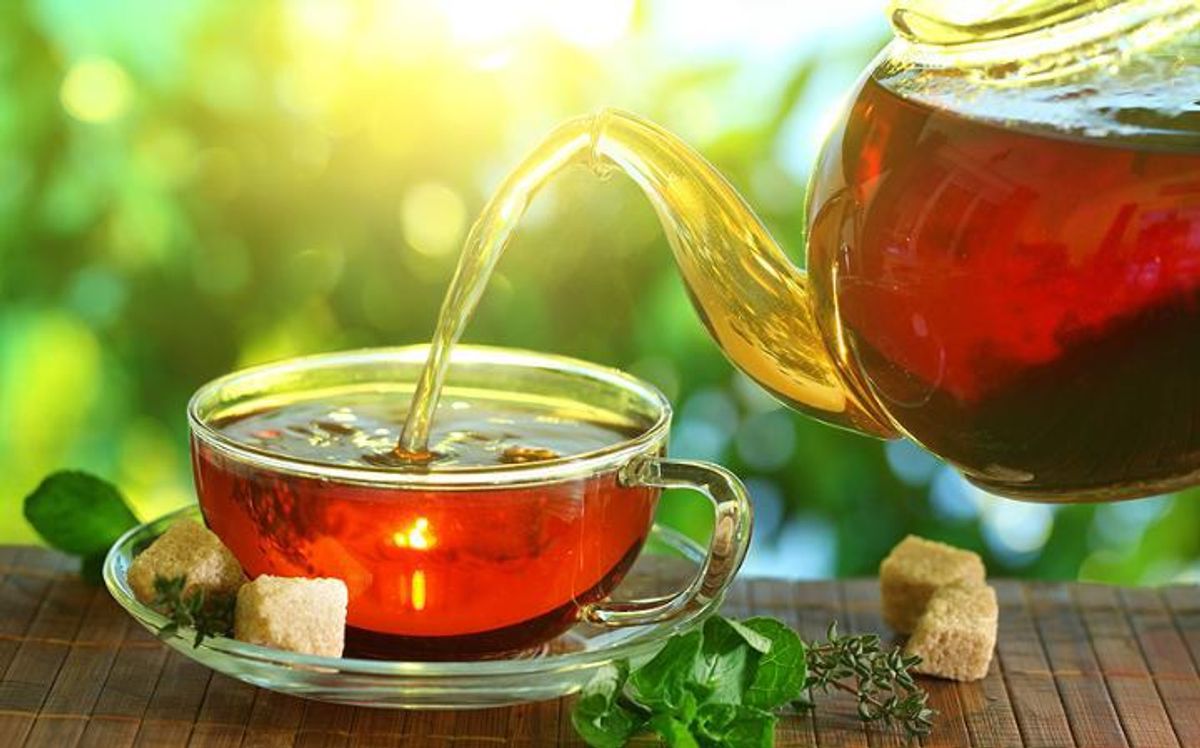
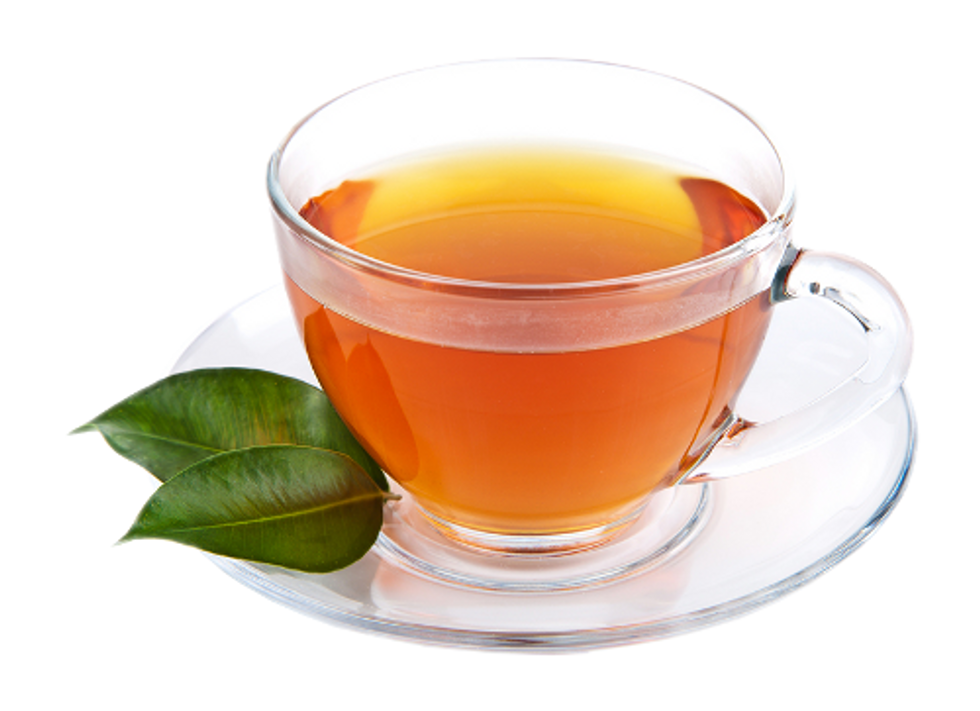
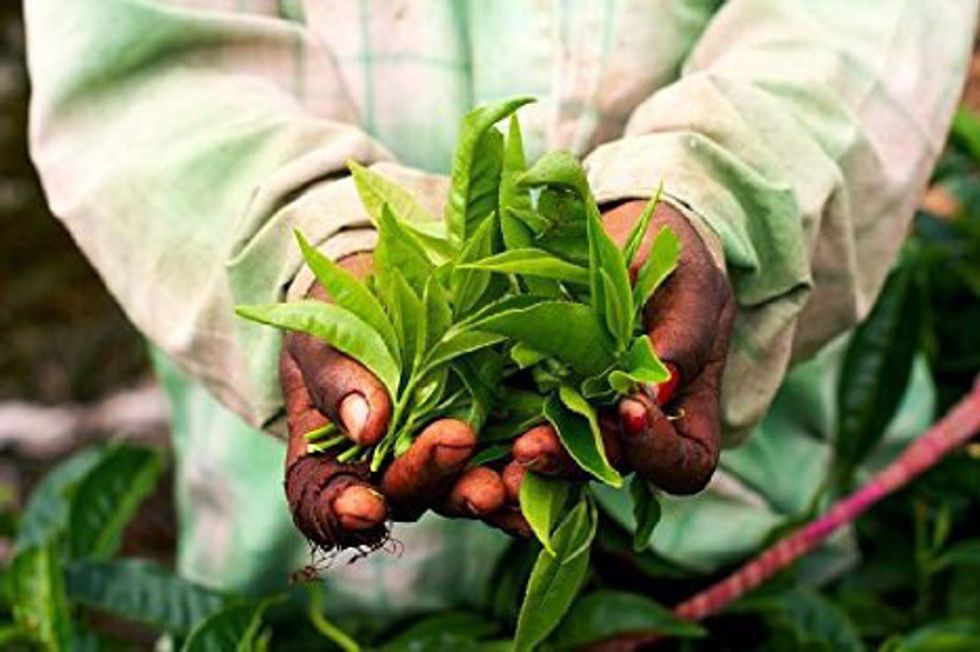
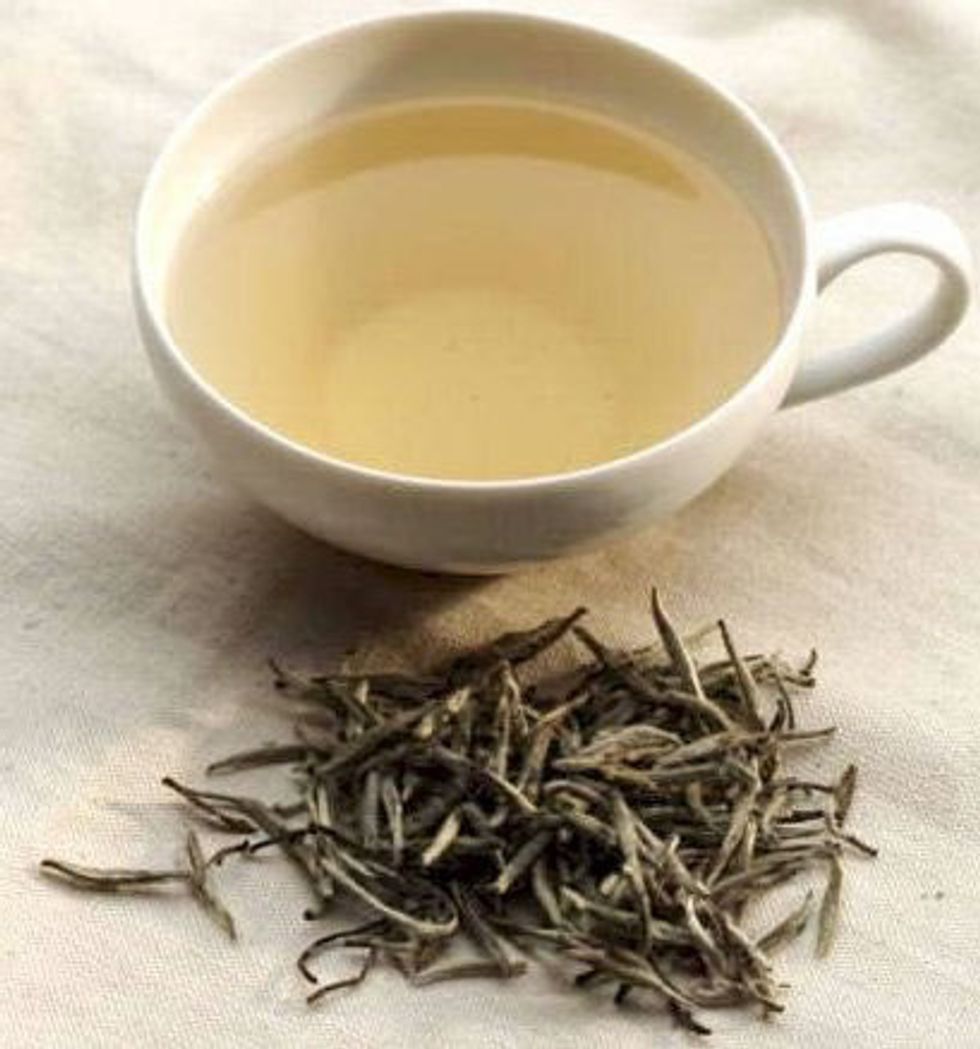
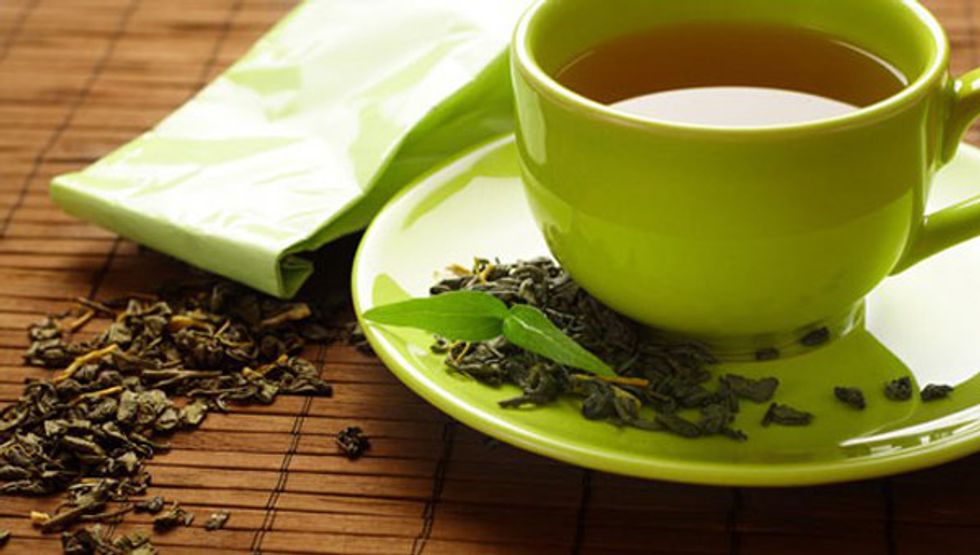
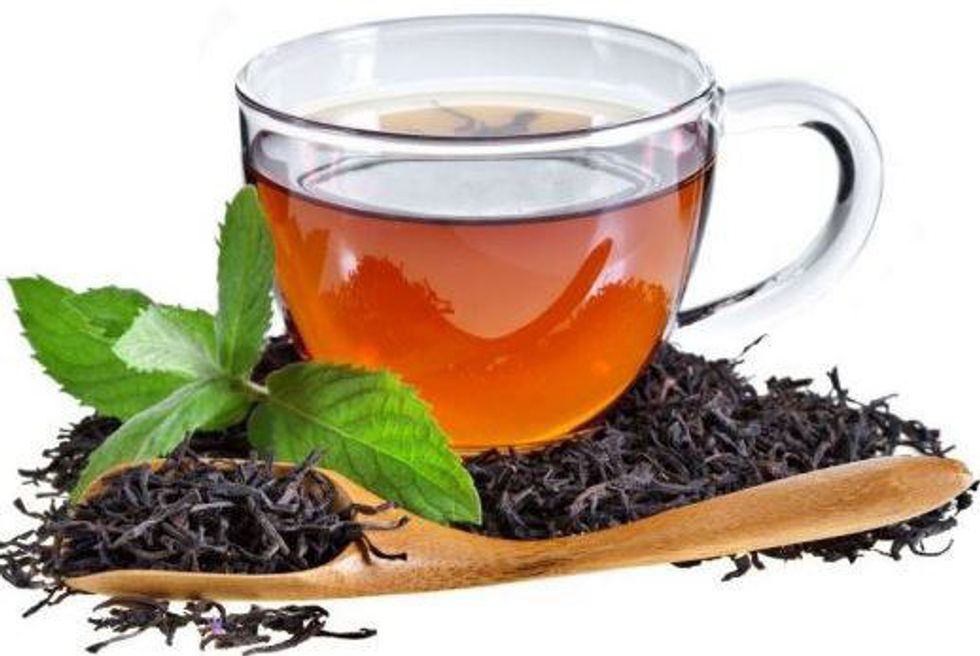
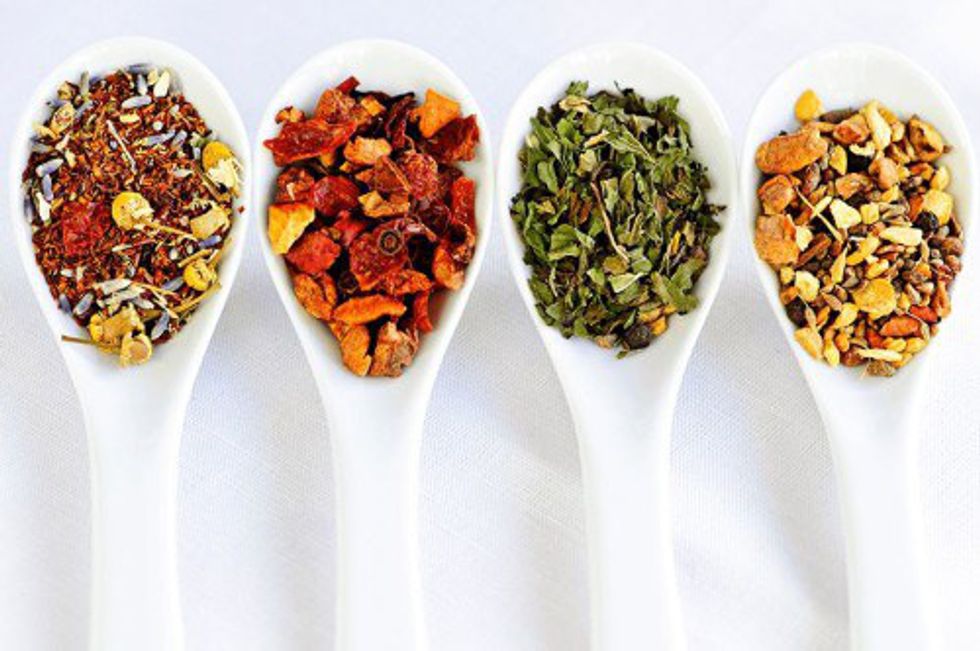


 women in street dancing
Photo by
women in street dancing
Photo by  man and woman standing in front of louver door
Photo by
man and woman standing in front of louver door
Photo by  man in black t-shirt holding coca cola bottle
Photo by
man in black t-shirt holding coca cola bottle
Photo by  red and white coca cola signage
Photo by
red and white coca cola signage
Photo by  man holding luggage photo
Photo by
man holding luggage photo
Photo by  topless boy in blue denim jeans riding red bicycle during daytime
Photo by
topless boy in blue denim jeans riding red bicycle during daytime
Photo by  trust spelled with wooden letter blocks on a table
Photo by
trust spelled with wooden letter blocks on a table
Photo by  Everyone is Welcome signage
Photo by
Everyone is Welcome signage
Photo by  man with cap and background with red and pink wall l
Photo by
man with cap and background with red and pink wall l
Photo by  difficult roads lead to beautiful destinations desk decor
Photo by
difficult roads lead to beautiful destinations desk decor
Photo by  photography of woman pointing her finger near an man
Photo by
photography of woman pointing her finger near an man
Photo by  closeup photography of woman smiling
Photo by
closeup photography of woman smiling
Photo by  a man doing a trick on a skateboard
Photo by
a man doing a trick on a skateboard
Photo by  two men
two men  running man on bridge
Photo by
running man on bridge
Photo by  orange white and black bag
Photo by
orange white and black bag
Photo by  girl sitting on gray rocks
Photo by
girl sitting on gray rocks
Photo by  assorted-color painted wall with painting materials
Photo by
assorted-color painted wall with painting materials
Photo by  three women sitting on brown wooden bench
Photo by
three women sitting on brown wooden bench
Photo by 
 Photo by
Photo by  Photo by
Photo by  Photo by
Photo by  Photo by
Photo by 


 people sitting on chair in front of computer
people sitting on chair in front of computer



 all stars lol GIF by Lifetime
all stars lol GIF by Lifetime two women talking while looking at laptop computerPhoto by
two women talking while looking at laptop computerPhoto by  shallow focus photography of two boys doing wacky facesPhoto by
shallow focus photography of two boys doing wacky facesPhoto by  happy birthday balloons with happy birthday textPhoto by
happy birthday balloons with happy birthday textPhoto by  itty-bitty living space." | The Genie shows Aladdin how… | Flickr
itty-bitty living space." | The Genie shows Aladdin how… | Flickr shallow focus photography of dog and catPhoto by
shallow focus photography of dog and catPhoto by  yellow Volkswagen van on roadPhoto by
yellow Volkswagen van on roadPhoto by  orange i have a crush on you neon light signagePhoto by
orange i have a crush on you neon light signagePhoto by  5 Tattoos Artist That Will Make You Want A Tattoo
5 Tattoos Artist That Will Make You Want A Tattoo woman biting pencil while sitting on chair in front of computer during daytimePhoto by
woman biting pencil while sitting on chair in front of computer during daytimePhoto by  a scrabbled wooden block spelling the word prizePhoto by
a scrabbled wooden block spelling the word prizePhoto by 
 StableDiffusion
StableDiffusion
 StableDiffusion
StableDiffusion
 StableDiffusion
StableDiffusion









